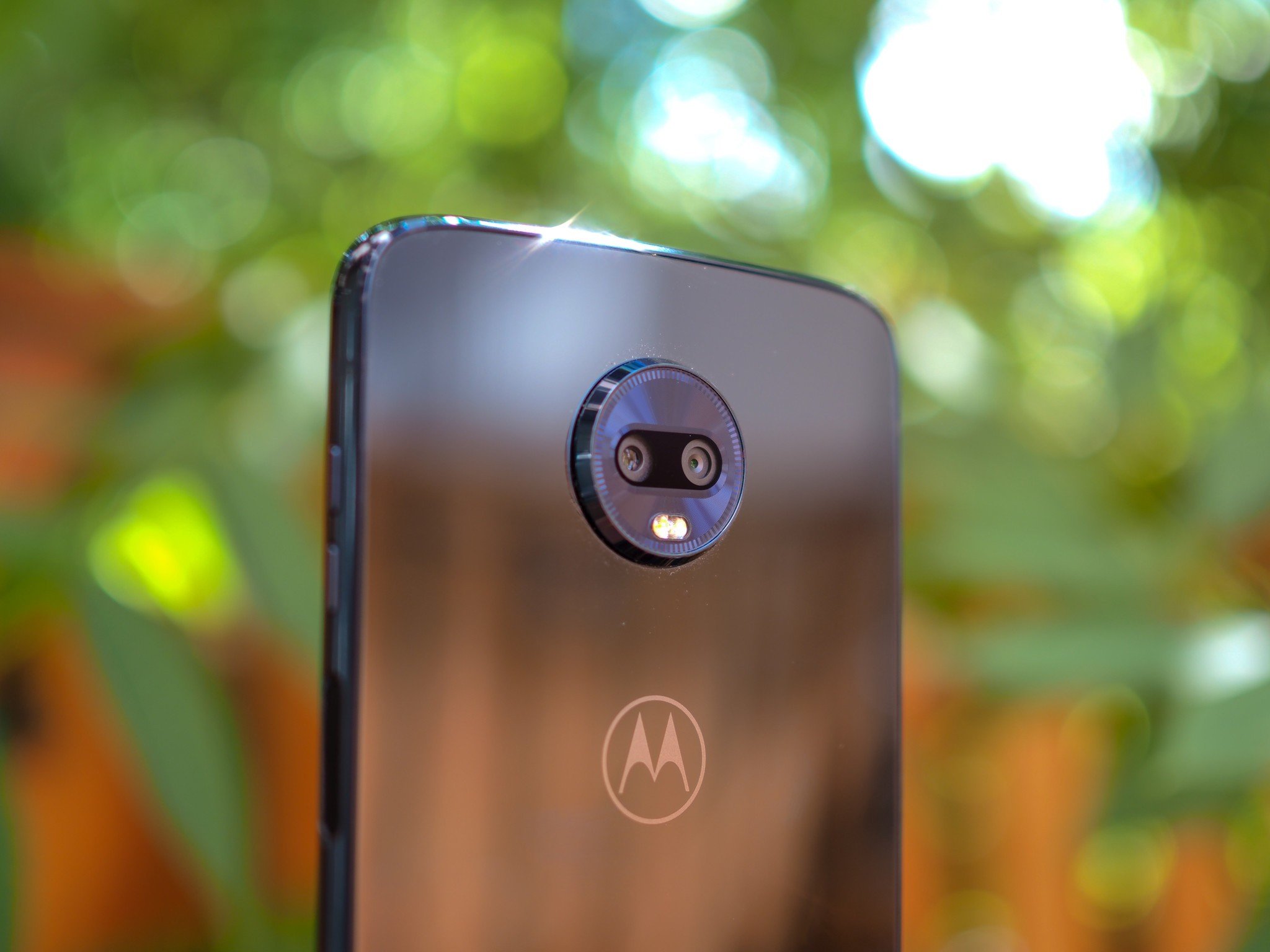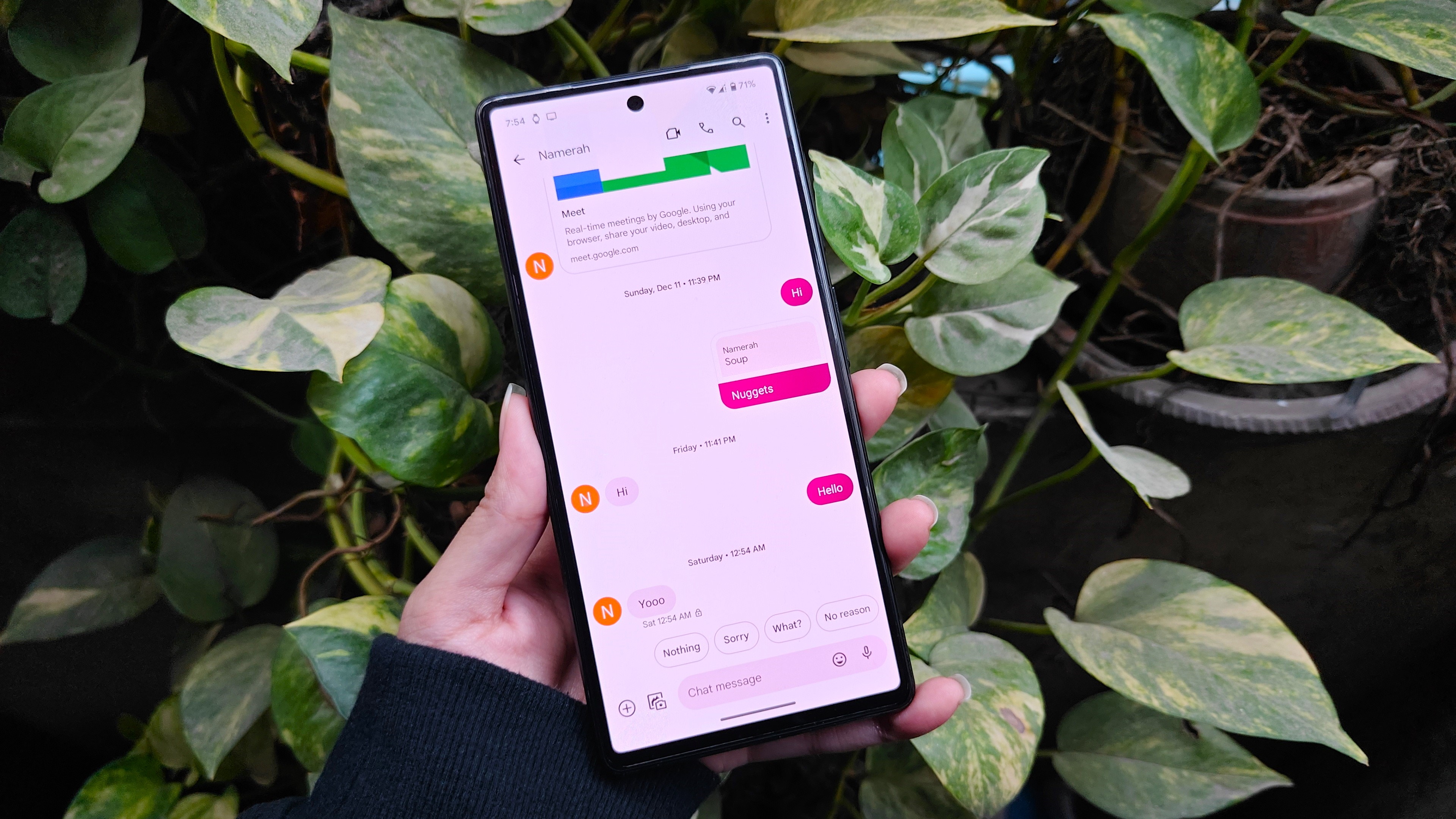Android Central Verdict
Price: $449 (Amazon / $499 (MotorolaBottom line: The Moto Z3 Play is a very good mid-range smartphone that works on every U.S. carrier. But a mediocre camera and early software bugs keep it from getting my unreserved recommendation.
Pros
- +
Impressive build quality
- +
Awesome battery life
- +
Excellent, fluid software
- +
Moto Display makes any phone better
- +
Moto Mods support makes up for some hardware limitations
Cons
- -
Mediocre camera quality
- -
Some software bugs
- -
Power button placement is objectively bad
Why you can trust Android Central
Specs. I've read every Moto Z3 Play review to date and most of them focus on how the phone, at $499, lacks a compelling value proposition against a clearly superior phone like the OnePlus 6.
That's certainly one way to look at it, but the other, better way to view the Moto Z3 Play is on its own terms. It's a flexible, extensible, and utterly convincing representation of modular computing in 2018, and one that I continue to turn to, day after day, despite the presence of more powerful, better-looking products — namely the OnePlus 6.
But the Moto Z3 Play isn't for everyone. Like many other Motorola smartphones today, it's finding its place on Amazon, not carrier shelves, and for a good reason — Verizon isn't selling it this time around. If you're on Sprint or US Cellular, its U.S. carrier partners, you can do better.
But if you're looking for an unlocked phone under $500, the Moto Z3 Play, despite its flaws, is your best bet right now.
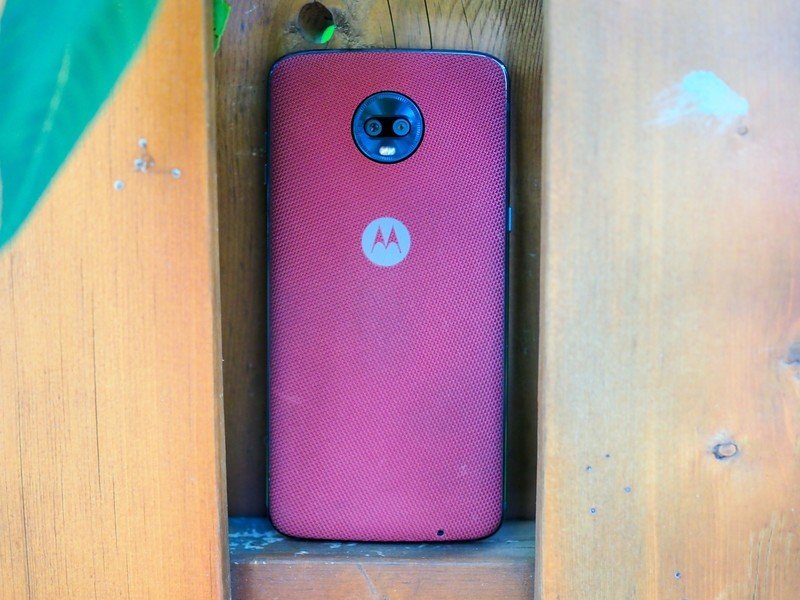
Moto Z3 Play What I like
| Spec | Moto Z3 Play Specs |
|---|---|
| Operating system | Android 8.1Moto Display, Voice, Actions |
| Processor | Qualcomm Snapdragon 636 processorOcta-core Kryo 260 @ 1.8GHz GHz14nm process |
| Screen | 6.01-inch Full HD (2160x1080) AMOLED |
| RAM | 4GB |
| Storage | 32GB / 64GB |
| Rear camera | 12MP, Dual Autofocus Pixelphase-detect, laser autofocus1.4-micron pixelsf/1.7 lensdual-LED flash |
| Rear camera 2 | 5MP |
| Front camera | 8MP1.12-micron pixelsf/2.0 wide-angle lens |
| Battery | 3000mAh |
| Colors | Deep Indigo |
| Dimensions | 76.5 x 156.5 x 6.75 mm |
| Weight | 156g |
There's plenty to like about the Moto Z3 Play: its impeccable build quality, framed with Series 6 aluminum and covered with Gorilla Glass 3 on either side. Its bright 18:9 AMOLED display is quite good, and touch response is second-to-none in this price range. It's like using a Pixel.
The Snapdragon 636 processor is really quite powerful — certainly enough to crank through everything you're going to throw at this thing. The reality is that Motorola is at the whim of Qualcomm's confusing marketing — the S636 is an underclocked but otherwise-identical Snapdragon 660, which in its place would have alleviated much of the derision at the phone's performance. In reality, I've yet to notice a major difference in day-to-day workload between the Moto Z3 Play and something like the Pixel 2. Where the disadvantages crop up is in imaging, which I'll get to in the next section.
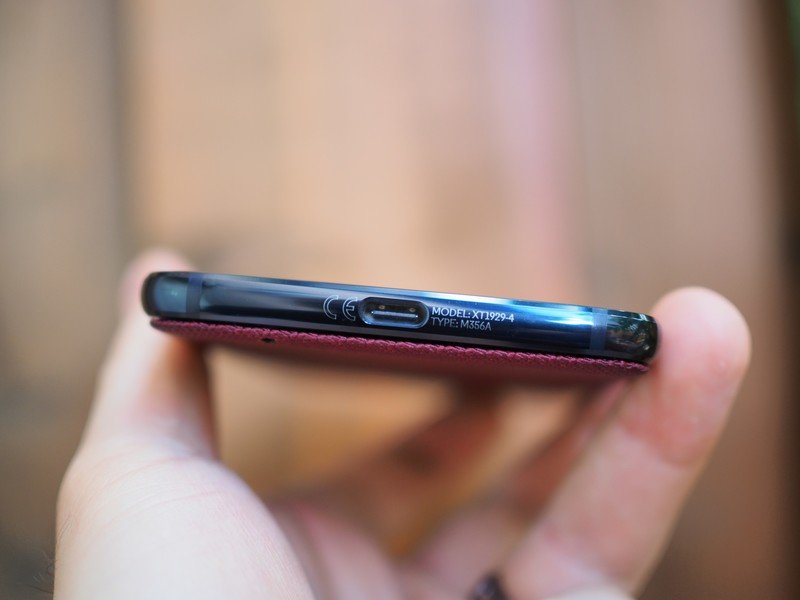
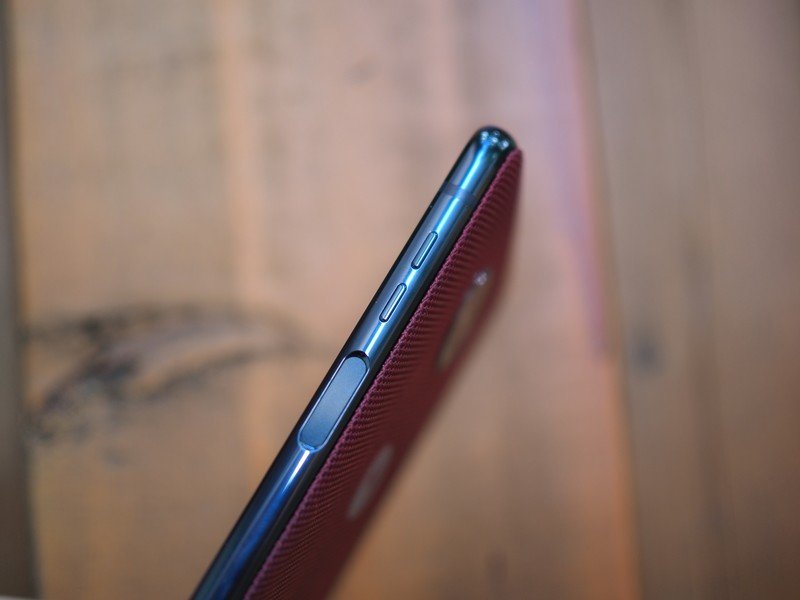
My unit shipped with 4GB of RAM and 32GB of storage, but the one you'll buy on Amazon comes with 4/64, which should be enough for most people. Of course, when comparing this to the OnePlus 6, which comes with 6/64 for just $30 more, along with a much more powerful Snapdragon 845 processor, the Z3 Play will appear lackluster in comparison, but you're not getting the whole story when you just compare things on paper.
The Moto Z3 Play isn't a better phone than the OnePlus 6, but there are still reasons to like it more.
For my money, the Moto Z3 Play has a few distinct advantages not just over the OnePlus 6 but over every other phone on the market. For starters, Moto Display is still the best ambient display you'll find on any phone, and its value is incalculable when used dozens or hundreds of times a day. It works by surfacing your last three notifications as little bubbles on your lock screen.
You can quickly glance at them without turning on the phone, or action them by swiping up or down depending on what you're doing. The feature debuted on the 2013 Moto X and has been updated pretty regularly since then, but what hasn't changed is its simple efficiency.
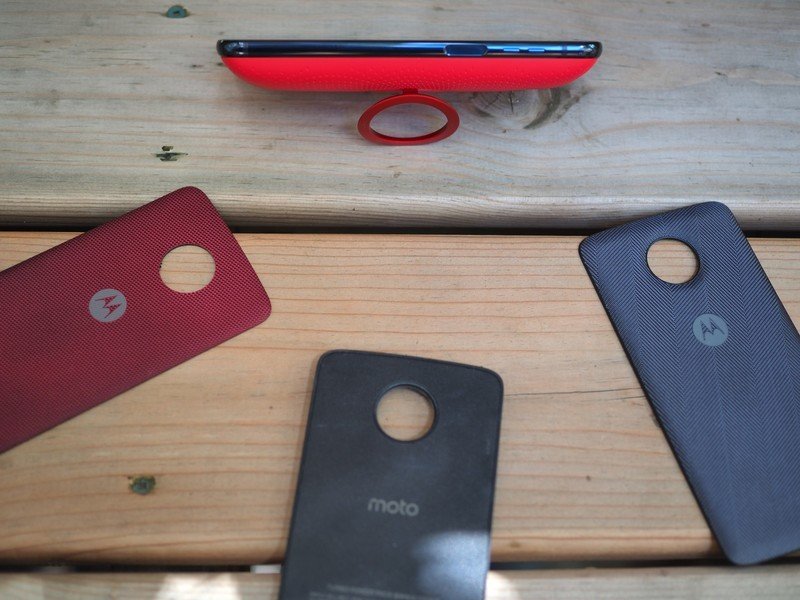
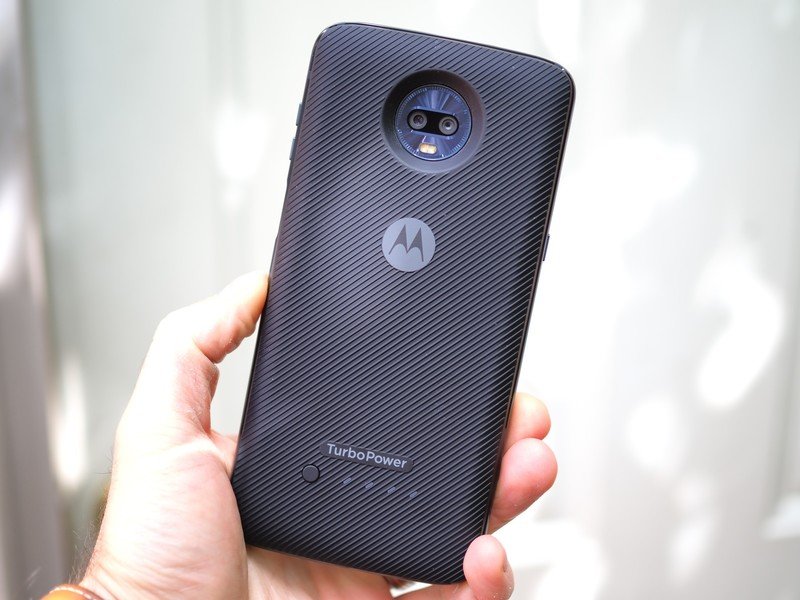
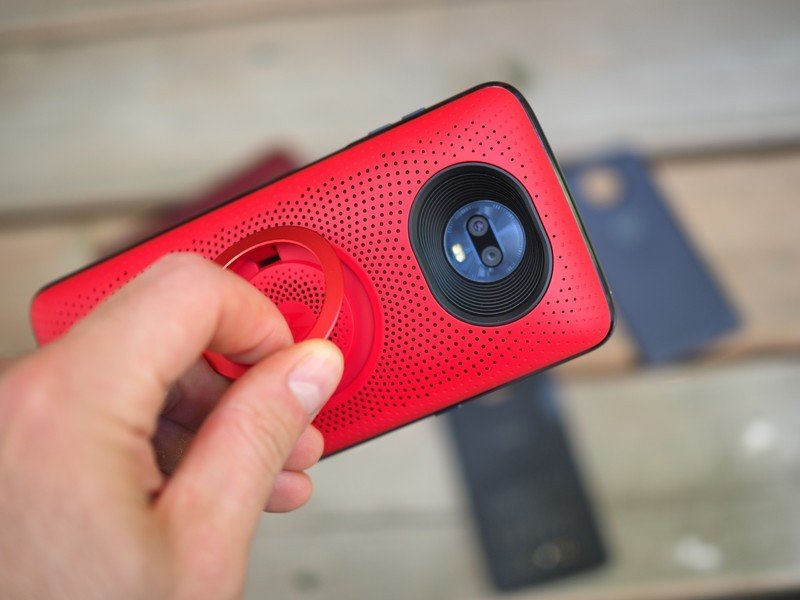
Couple that with Moto Mods support and you have yourself a well-rounded Android phone. Most Mods, like the battery in the box, are "stick and forget" options. Given that the Z3 Play is a hair under 7mm thick, adding a battery Mod doesn't add a lot of bulk, and it's not difficult to use the phone with one attached for most of the day — especially when you get the battery life that such a combination provides. In my testing, the phone's default 3,000mAh battery and the included 2220mAh battery Mod combined for a whopping nine hours of Screen On Time, and roughly 36 hours of mixed use without recharging the phone at all.
Most of the time, though, I had the wireless charging Mod attached to the back. It's a single-purpose product, about 1.5mm thick with a textured back. With it attached, the phone feels neither bulky nor slippery; without a Mod, the phone feels a bit vulnerable to scratches and unfortunate drops.
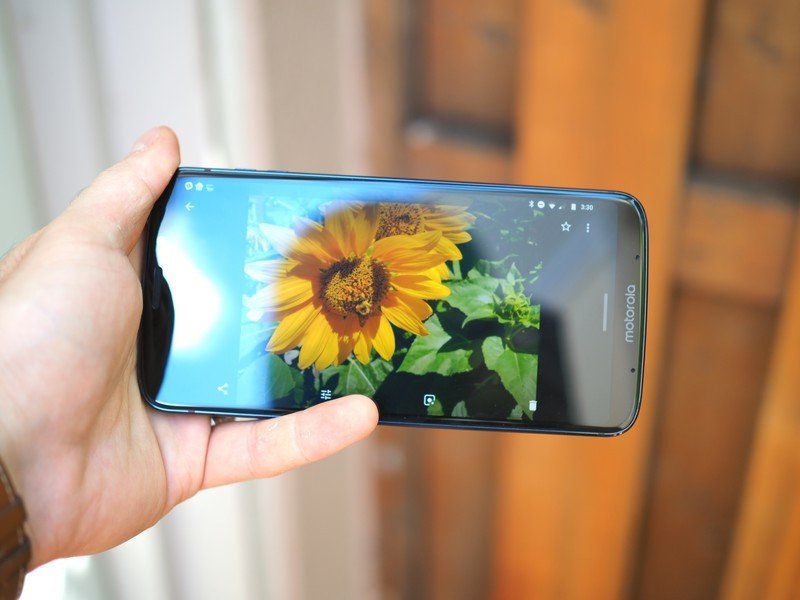
Motorola also managed to increase the size of its screen without compromising Mods support, which is an impressive feat for a nascent ecosystem.
Previous Moto Z phones had 5.5-inch displays with that now-outdated 16:9 aspect ratio, along with fingerprint sensors below the screen. It's odd how quickly tastes change, but that first-generation Moto Z looks practically ancient to my eyes. But elongating the screen without doing the same with the body meant figuring out what the heck to do with that fingerprint sensor, so Motorola punted it to the right side, below the volume buttons and across from the power button (more on that quizzical decision in a moment).
The fingerprint sensor is best-in-class.
I love this fingerprint sensor: it's extremely fast to pick up even the edge of my thumb, and its placement feels natural. Like my friend Kellen at Droid-life, I agree that more companies, if they want to continue with capacitive sensors, should move them to the side of the phone. The Z3 Play also employs a version of face unlock that's surprisingly fast and extremely insecure, negating the need for the fingerprint sensor entirely if you find it cumbersome.
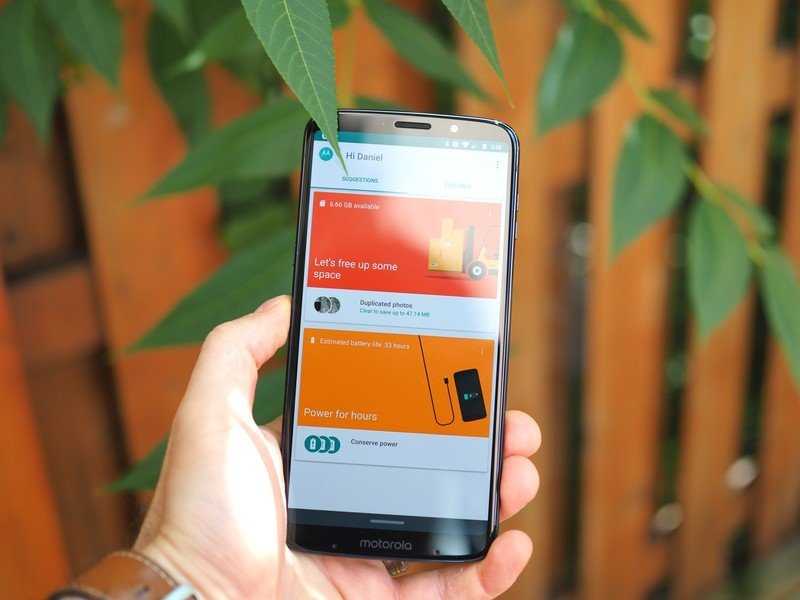
Let's also talk about the phone's software experience in general. The Z3 Play ships with Android 8.1, and aside from the single Moto app there's nothing you wouldn't find on a Pixel device. It's that clean.
On the other hand, the Amazon Prime Exclusive version, which I suggest buying for its $50 discount, is full of Amazon apps, none of which can be deleted, though all can be disabled. If that bothers you, spend $50 more and get it directly from Motorola — nice and simple.
The good news is that, like all of Motorola's phones, the device sounds incredible while making calls, and the single front-facing speaker does an awesome job projecting sound towards the ears. As all phones should.
One of my favorite features about Motorola phones is also its most subtle: it just feels like a complete package.
And better yet, the Z3 Play, even if you can't buy it at Verizon, works on Verizon — and Sprint, and T-Mobile, and AT&T. It's one of Motorola's ever-present virtues, that its phones are certified for nearly every carrier in the world. Better yet, the Z3 Play just works — not just on networks, but in general. Aside from the software bugs (mentioned in the next section), the phone adds up to far more than the sum of its parts.
I really like using Motorola phones because, like Google's Pixel line, they are holistically well-rounded. They don't do anything best but do everything well, and when you're old like me (I'm 33) and no longer chasing the speeds and feeds of furious spec sheets, a phone like the Moto Z3 Play, with support for a vast line of Mods that are helpful but not essential.
Moto Z3 Play What I don't like
The Moto Z3 Play's camera isn't great. Like last year's Z2 Play it's not bad, but it's not a device I'd want to bring with me to a wedding — or even a fancy party. That's mainly because it uses the same 12 megapixel main sensor as its predecessor, benefiting only slightly by improvements to the image processing through the Snapdragon 636. That results in images slightly more color-accurate and less prone to motion blur, but similarly deficient in low light.






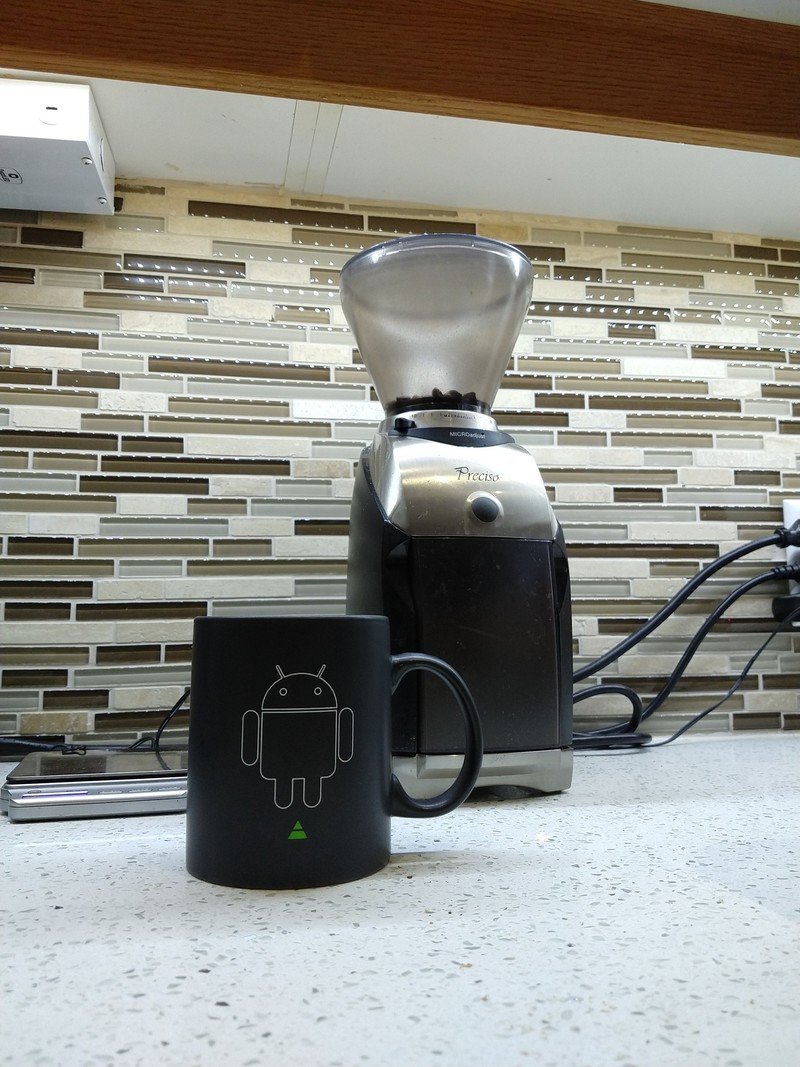
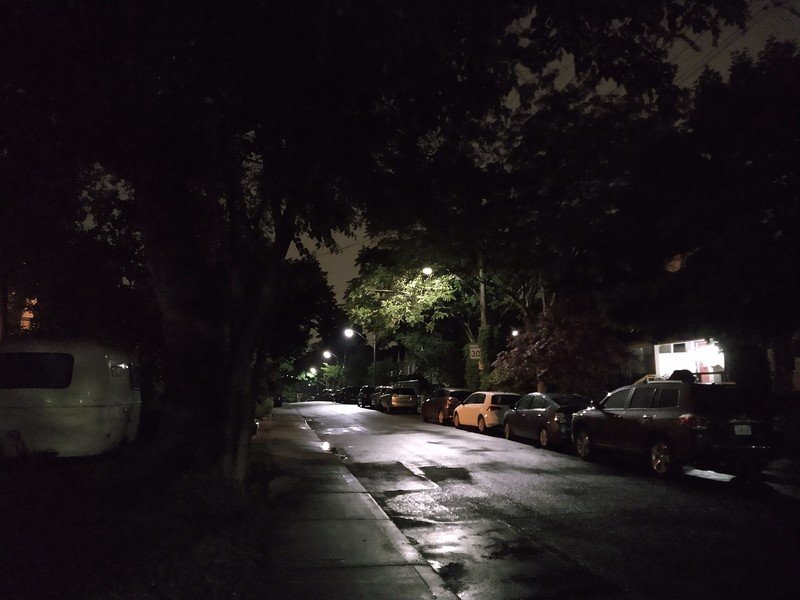

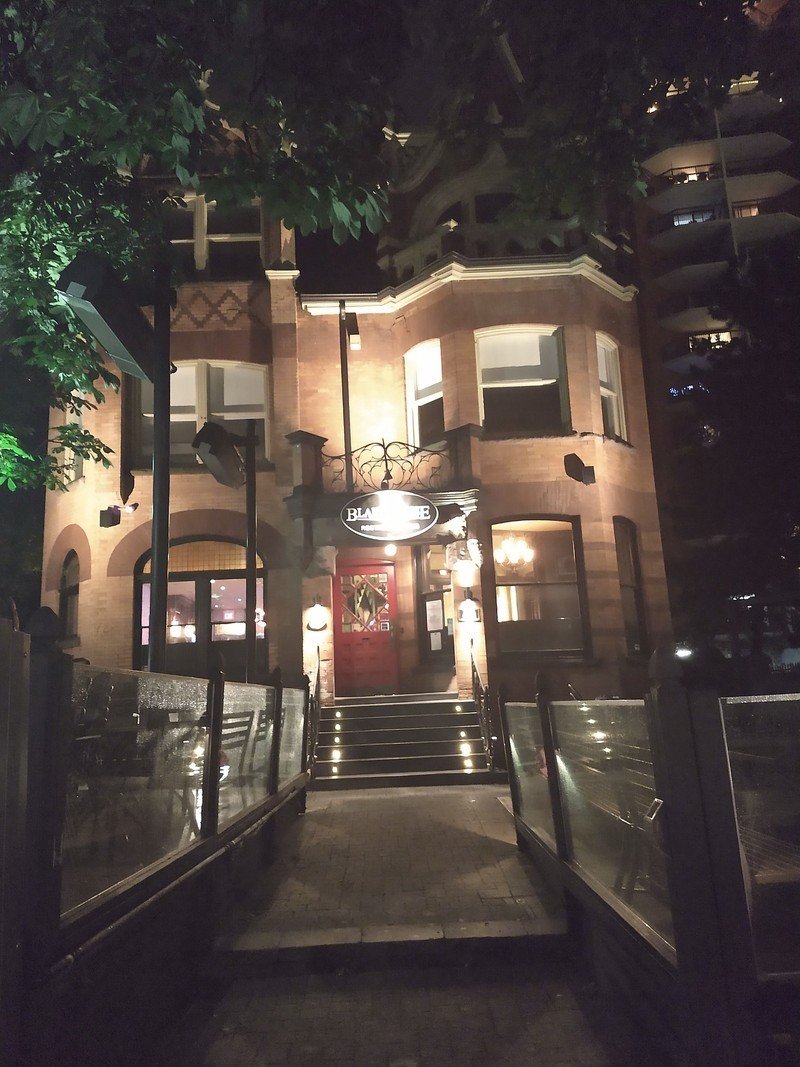
I did get some great shots from the Z3 Play, and the twist-to-capture gesture (another holdover from the original Moto X) is incredibly useful, but the OnePlus 6 takes far better photos. If camera quality is your main priority, and you don't want to invest in the $200 Hasselblad True Zoom Camera Mod, avoid the Z3 Play. And the less I say about the secondary camera, the better. Motorola's software is just bad at building portrait photos, and I'd have much preferred the company to focus on improving its primary camera than augmenting it with a crappy sidekick.
Still, there are things to like about the camera experience: the Cinemagraph mode is tons of fun, and I used it liberally. And the camera app itself combines powerful manual controls with a simple, elegant user experience that more phone makers should emulate.
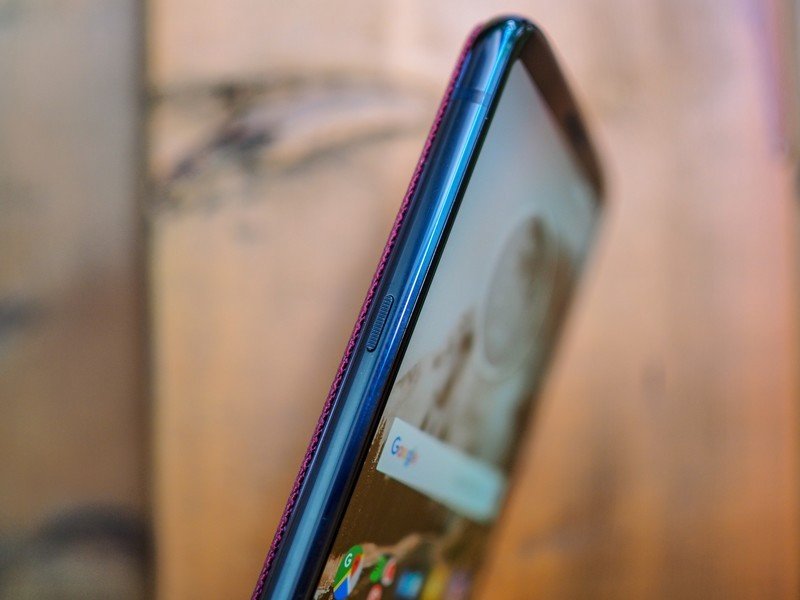
I'd also be remiss not to talk about the terrible power button placement. Did Motorola not get the memo that power buttons shouldn't be on the left side of the phone? Sure, perhaps it would have been awkward to put it above the fingerprint sensor, but — no, that wouldn't have been awkward at all. It would have been objectively better. The volume buttons should be on the left and the power button on the right. There's no excuse for this.
Also troubling is that number of software bugs I came across, mainly pertaining to notifications. Remember how I told you Moto Display is great? Well, it is. But it relies on Android's notification system, and on this particular device, notifications would either take hours to show up — I missed a few very important emails during my time with the phone — or would show up on time and, when tapped, wouldn't actually do anything. I'd open the notification shade, tap on the message, and it would disappear but the accompanying app wouldn't open. This usually happened on Twitter, but it wasn't limited to that most persnickity of social networks.
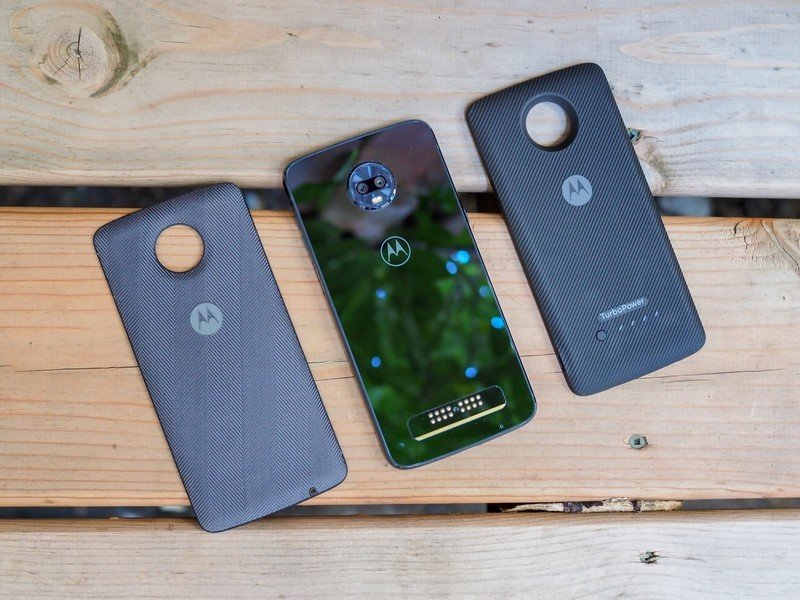
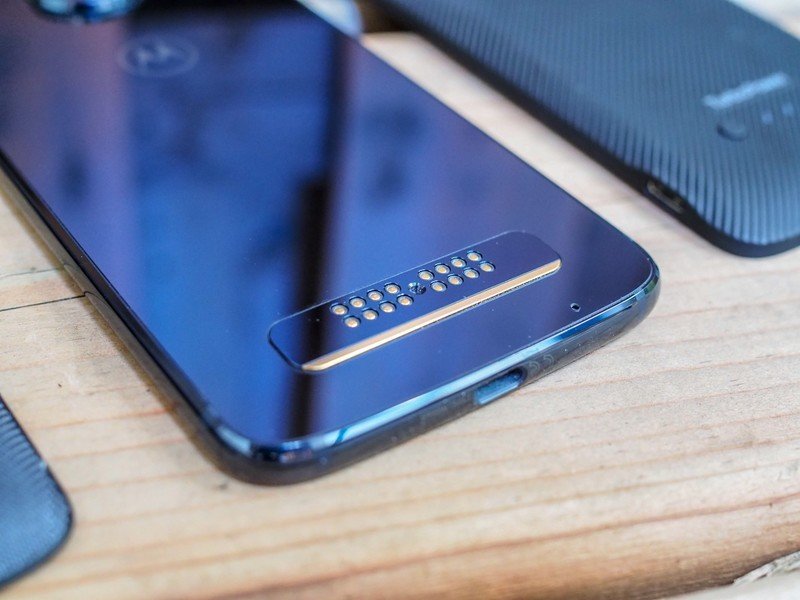
Software updates haven't been a Motorola strongsuit in recent years, so don't expect regular patches.
I did reach out to Motorola to ask about these issues, and they're actively working with me to diagnose them — early hardware, early software, etc. — but the issues were pervasive enough to bring up here. Your mileage my vary.
Finally, there's Motorola's recent poor history of software updates. The Moto Z2 Play still hasn't received an update to Oreo on its biggest carrier partner, Verizon, despite its more premium counterpart, the Z2 Force, receiving it in January. Seriously, the phone got Oreo more than seven month ago. It's not that Motorola doesn't update its phones — the original Moto Z Play has Oreo, but only in the unlocked stream — but that it's so haphazard and inconsistent. And to owners of Motorola phones that have been burned by promises, that doesn't mean much. I'd expect similarly slow updates for the Moto Z3 Play on Sprint and US Cellular, the phone's only carrier partners.
Oh, and there's no headphone jack.
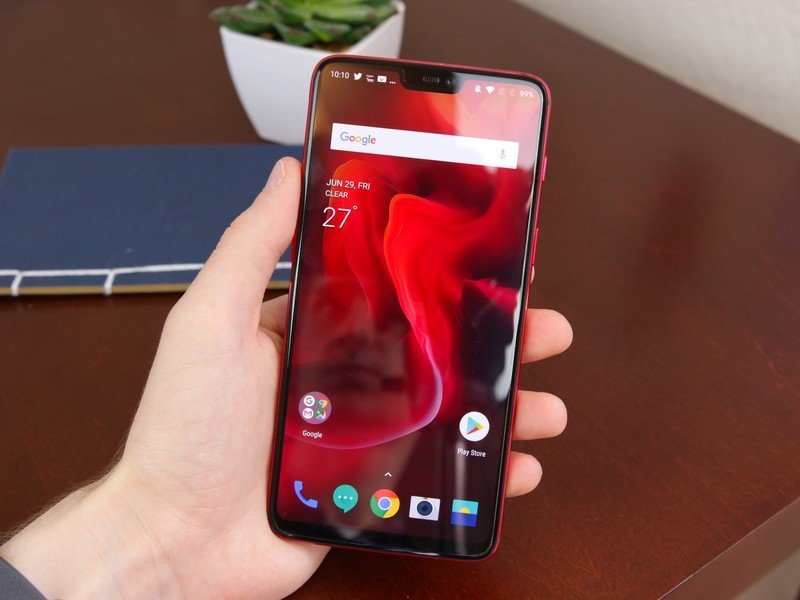
Moto Z3 Play The competition
This phone exists in a bit of a smartphone Purgatory: there aren't many great devices left in the $500 pseudo-category. That's because in the most lucrative of phone markets, the U.S., there's no need for such a price tier: you either buy a phone through a carrier, which is leased on a monthly financing plan for $30ish a month; or you buy a cheaper phone outright, for presumably much less. Galaxy S9 or Moto G6. From a volume perspective, there isn't much in between.
That's likely why Verizon dropped the Moto Z3 Play this year — it the highest-profile provider of the first two Moto Z Plays, and the sole carrier of the Moto Z Force series — there just isn't the need for this kind of phone on its network. Instead, most Americans will buy the Moto Z3 Play through Amazon, unlocked and unsubsidized, while the phone will have a very different life cycle in South America and India, where it is considered a flagship.
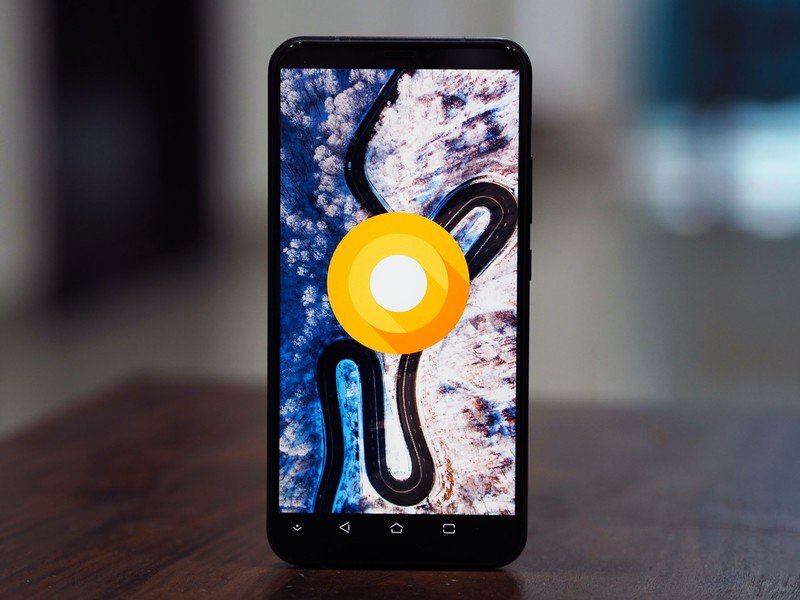
So in North America, it's only obvious competitor is the OnePlus 6, which kills it in almost every conceivable way (except haptics, which are terrible on the OP6). Given that the OnePlus 6 starts at $529, it's still a full $80 more than the Z3 Play model I'm recommending, and it lacks the Mod in the box (and Moto Mods support altogether), but it's still going to be a better deal for most people.
In other markets, like India and parts of Latin America, there's a fair amount of competition from Samsung, Nokia, LG, Honor, ASUS, Xiaomi, and more, but Motorola has considerable more brand clout in those regions than it does in North America. It's no accident that nearly every phone the company launches debuts in Brazil and not the U.S.
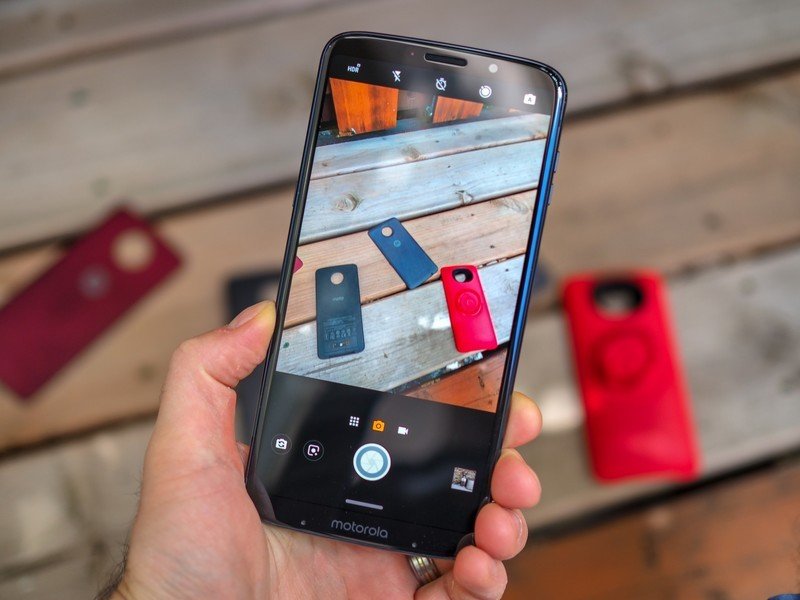
Moto Z3 Play Should you buy it?
It's not interesting or creative to parrot an existing line, but I'm not the first to say, "Yes, but..." when it comes to the Moto Z3 Play. Reviews are meant to be documents to reference, often one of many, when making a purchase decision. So I'll make it easier for you with a point-form list:
- If you have a bunch of Moto Mods from an earlier Moto Z phone, buy the Moto Z3 Play. You'll love it and get lots of use from it.
- If you're a Motorola fan and just need to have that Moto Display (hi!), this is easily the best Motorola phone you can buy right now. You'll love it and get many years of happy use.
- If you have a $500-ish budget and are deciding between this and the OnePlus 6, think about what your needs are. If you learn more towards flexibility and customization, you'll like the Z3 Play. If you'd prefer a more self-contained parcel, you'll get more from the OnePlus 6. A lot more.
- If you've never bought a Motorola phone before but are interested in trying one out, don't buy the Moto Z3 Play. Buy the cheaper-but-nearly-as-good Moto G6 for half the price. It's outstanding.
3.5 out of 5
I really like most of the Moto Z3 Play, and assuming the software bugs will be patched in a future update, I recommend it. Not to everyone, mind you, but to an educated group of users who understand the potential limitations and advantages of the Moto Mods ecosystem. Because as a phone, the Z3 Play is fine. As a conduit for Moto Mods, it can be outstanding.
Daniel Bader was a former Android Central Editor-in-Chief and Executive Editor for iMore and Windows Central.
